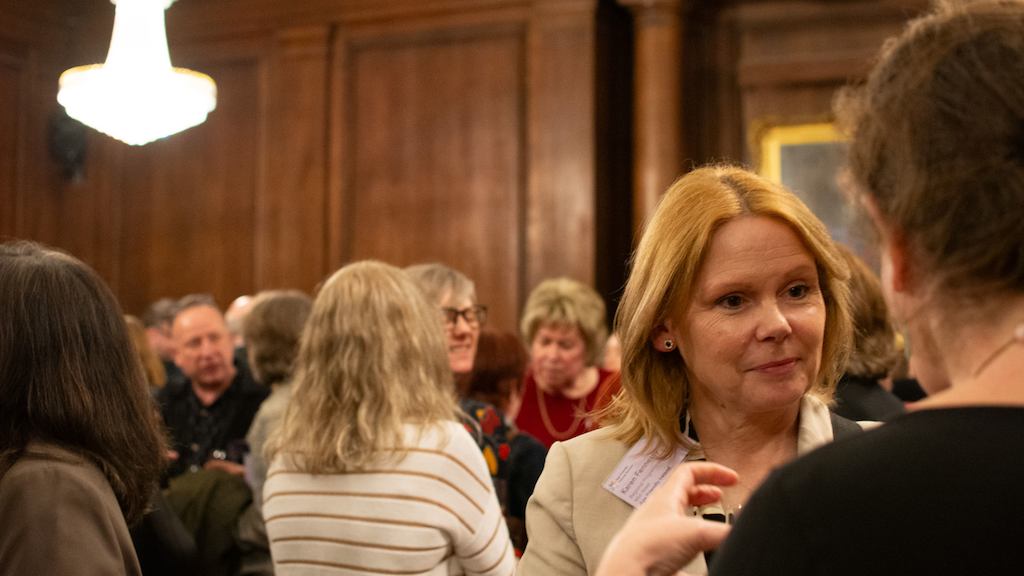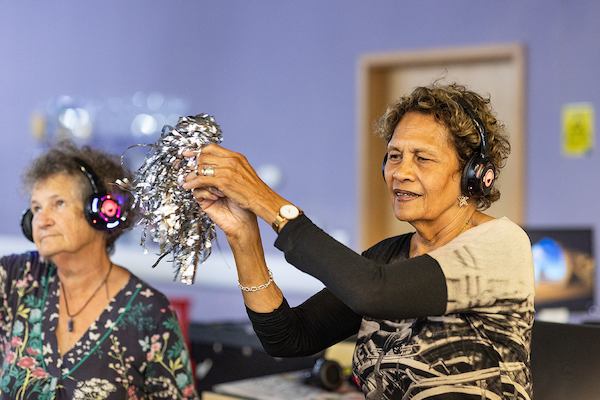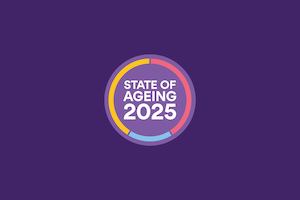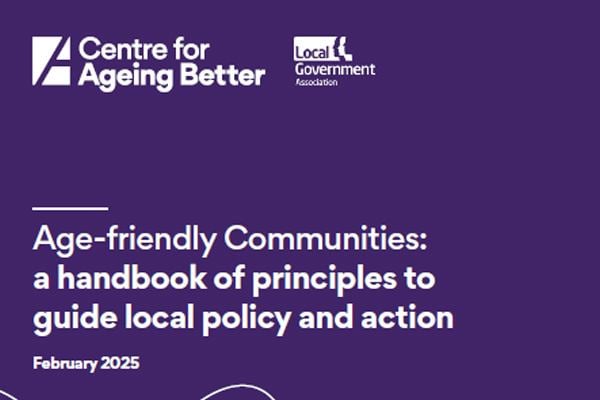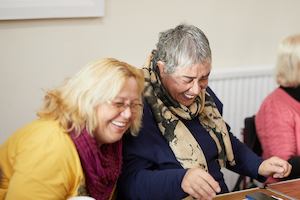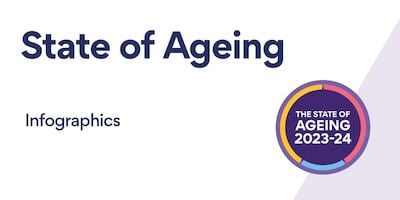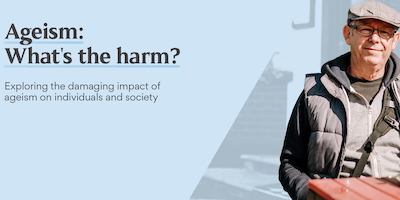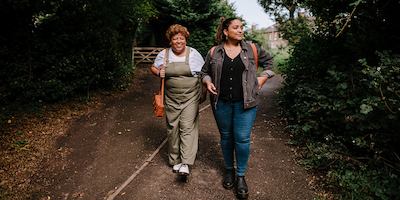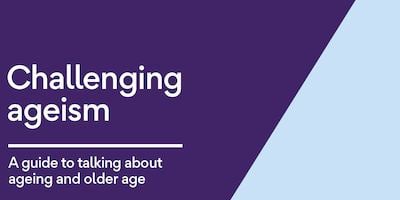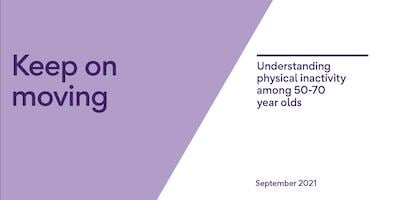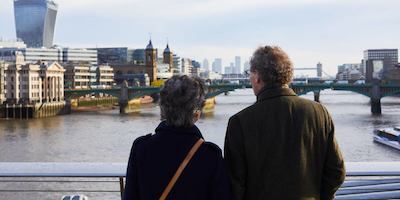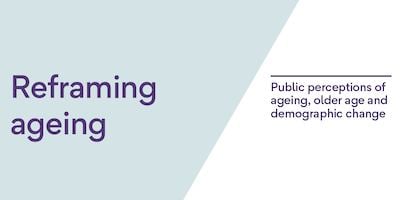The LGBT+ community
Lawrence Roberts, the Pride in Ageing Manger at the LGBT Foundation, told the audience that 12.8 % of LGBT+ people are over the age of 55 in the UK. As our new State of Ageing 2025 report details, older LGBT+ people tend to live in cities, including London, and in some coastal areas, especially on the south coast. But LGBT+ people in rural areas are more prone to feeling they lack support, understanding and friendship networks.
The summit also discussed how people can ‘come out’ at any age with many only disclosing their sexuality in later life. This can prove problematic with friendships and family dynamics. Another challenge is the underreporting of matters affecting older LGBT+ adults, which can distort data.
We have come a long way as a society in challenging and overriding homophobic thinking. Before 1967, it was criminal offence to be gay, and it was only in 1992 that the World Health Organisation declassified being gay as a ‘mental illness’. Many older people lived through those times.
But the LGBT+ community still faces significant issues of discrimination and stigma, and changes in legislation and culture are not always positive. This can be compounded in later life and can lead to higher rates of poor mental health and higher levels of isolation and loneliness.
If services and supports aren't LGBTQ+ sensitive some older people find themselves disguising their sexuality in their later years because they don't feel safe. This can happen, for example, in a care home, or a community setting.
Proactive inclusion and allyship of LGBT+ communities help tackle many of the problems faced by older LGBT+ adults. Affirmative action in social care and housing and an awareness of the challenges facing older LGBT+ people can ease burdens and create a society that not only accepts but encourages diversity.
Older people with learning disabilities
Christine Towers, Director of Together Matters, told the Age-friendly Futures Summit how a marginalised and often forgotten part of our population can face even more difficulties in later life.
Christine pointed out that many people with learning disabilities share many experiences of ageing, along with the rest of the general population. But there are distinct differences.
Not all older people with learning disabilities have the access to support that we all need. Many may not be able to have a healthy lifestyle, or the opportunities to be active and involved in the community.
Some people with learning disabilities will not have worked, therefore they have no former colleagues, and no sense of retirement. They’re also less likely to have had children, therefore losing another social connection. And they will probably have limited savings or money. Their support network will be either their parents or paid support workers.
This can lead to a litany of challenges that can impact finances, housing, friendships and overall health.
It’s therefore no surprise that many people with learning disabilities don’t live as long as the general population. Women die 27 years younger, and men die 23 years younger.
But those with learning disabilities who do live into older age need greater support and understanding around how to plan ahead and support to manage changing caring roles. Adults with learning disabilities can end up in reciprocal care relationships, as their parents, their primary carers, also age. And they may lose that advocacy role if their parents die.
People with learning disabilities, and their advocacy groups have really good experience of navigating care systems, something that may be an asset in future years. But ultimately the summit was told, the responsibility falls upon us all. We have a duty to understand the needs and wants of older people with a learning disability.
Asylum seekers and refugees
Tess Harland, PhD researcher at the Manchester Urban Ageing Research Group (MUARG), added to the discussion with insights from older refugees and asylum seekers living in Greater Manchester.
Tess outlined the fact that the number of older refugees and asylum seekers is increasing globally.
They face distinct challenges and have specific health needs. And hostile immigration policies create and sustain uncertainty, risk and insecurity.
Poor housing, financial insecurity, language barriers, discrimination and mental and physical health challenges all add to their existing burdens. But despite this, older asylum seekers show resilience and stoicism.
Many find strength and support in community and faith groups.
But hostile immigration policies conflict with the objectives of Age-friendly communities, and the needs of older refugees and asylum seekers are often ignored.
However, by listening to their needs, a positive effect is produced. Especially when there is collaboration between community organisations and people with lived experience.
Tess stressed the need for compassion, inclusivity and solidarity as older refugees and asylum seekers deal with myriad challenges in a strange, and sometimes unwelcoming, new country.
As State of Ageing 2025 makes clear, increased diversity in later life has the potential to enrich our communities and workplaces. However, as the older population becomes more diverse, inequality may increase too.
That is why it is vital that policymakers have a clear understanding of all our different communities and identities to ensure their specific needs are met with adequate support in place.
Because ultimately, as made clear in our Age-friendly Communities handbook, policies and investments are more effective when they acknowledge the huge diversity that exists among older age groups.
